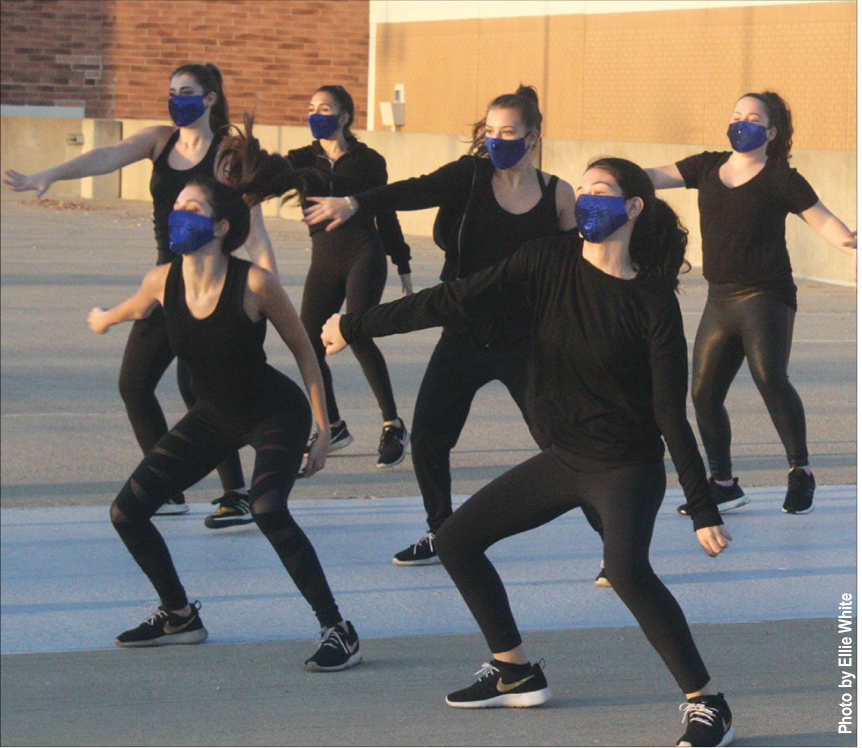Cold weather predicted to increase number of COVID cases
Cold weather is predicted to contribute to an upcoming peak in COVID-19 cases in the United States. Glenbrook High School District #225 has collaborated with the Cook County Department of Public Health, also known as the CCDPH, to respond to COVID-19 cases within the Glenbrook community. The district will continue to work with the CCDPH in order to navigate the changing conditions.
Anna Sick-Samuels, pediatric infectious disease specialist at Johns Hopkins University, said in an email correspondence that colder weather is predicted to play a large role in the upcoming peak because viruses can survive longer in the cold and because people are more likely to gather indoors, where COVID-19 can spread more easily.
Ali Mokdad, chief strategy officer for Population Health at the University of Washington, said in a video conference that while the United States never got out of the first wave of COVID-19, cases have peaked nationwide in April and August.
“And now we’re heading towards another peak,” Mokdad said.
Eric Etherton, assistant principal of Student Services, said in an email correspondence on Nov. 11 that there have been a total of 29 positive student cases at GBN this year since the first day of school.
“However, not all of these students have been on campus, and have been full remote learners and not involved in athletics or activities,” Etherton said.
When the school is notified that a student or staff member tested positive for COVID-19, the school asks the person for names of their close contacts after providing a description of who could count as a close contact, Etherton said in a video conference. The information about these possible close contacts and their situation of contact is then sent to the CCDPH, without disclosure of names, and the CCDPH recommends the steps GBN should take in response to positive cases. GBN receives these recommendations and acts accordingly.
The definition of close contact has evolved as more information about COVID-19 is released, Etherton said. In August, being a close contact of someone with COVID-19 was defined as being within six feet of the person, masked or unmasked, for 15 consecutive minutes. More recently, that definition changed to being within six feet, masked or unmasked, for 15 cumulative minutes in a 24-hour period.
If there is a significant spike in cases at GBN, Etherton said the school would continue to communicate with the CCDPH to formulate a plan of action.
“[The CCDPH] will tell us exactly what we need to do, so we take the direction from them,” said Etherton. “We’re not making our own unilateral decisions on what to do, without medical guidance from the experts.”


